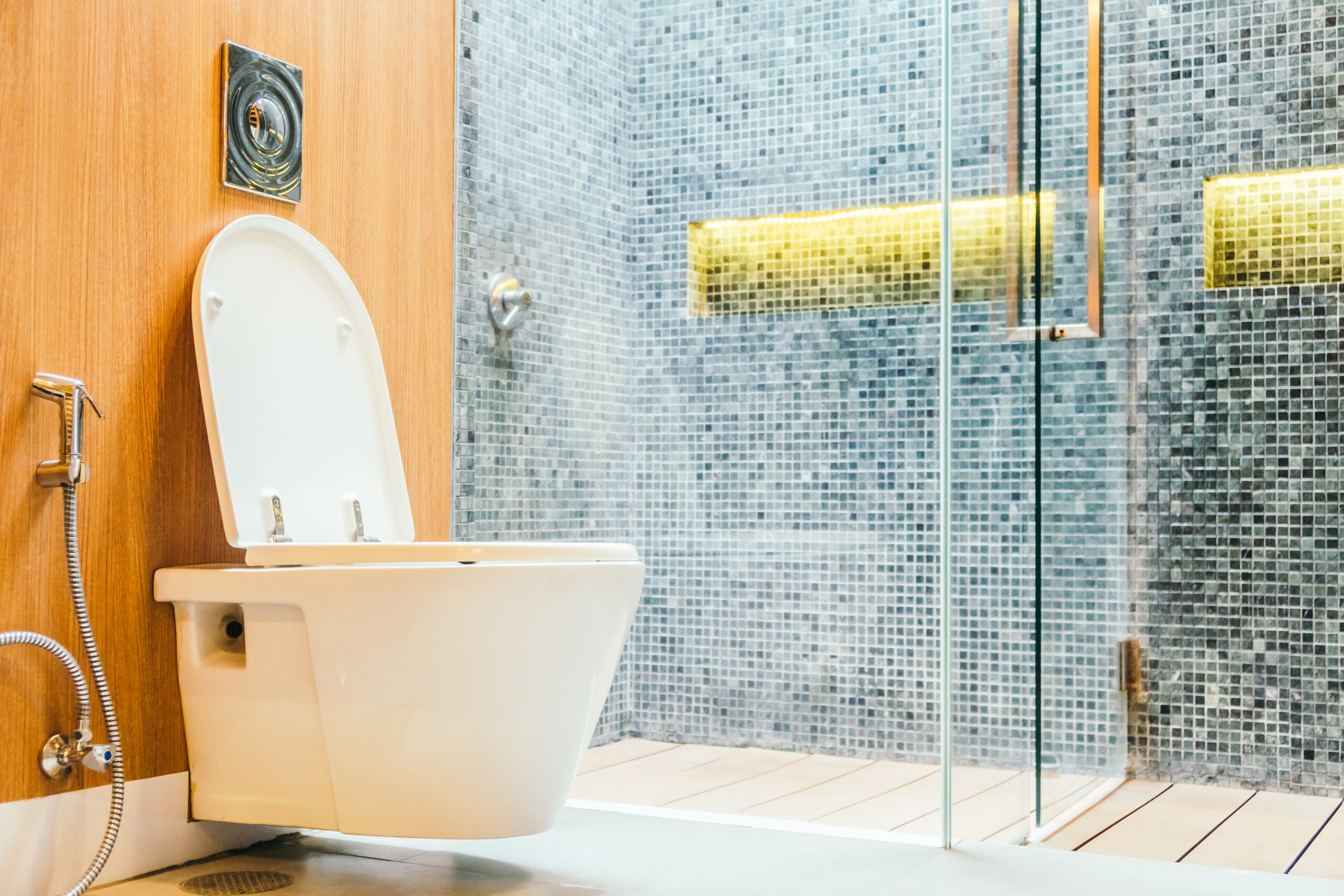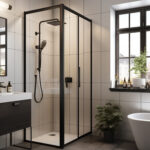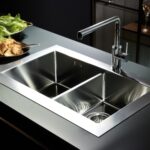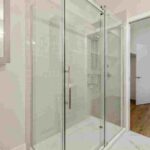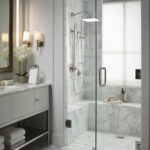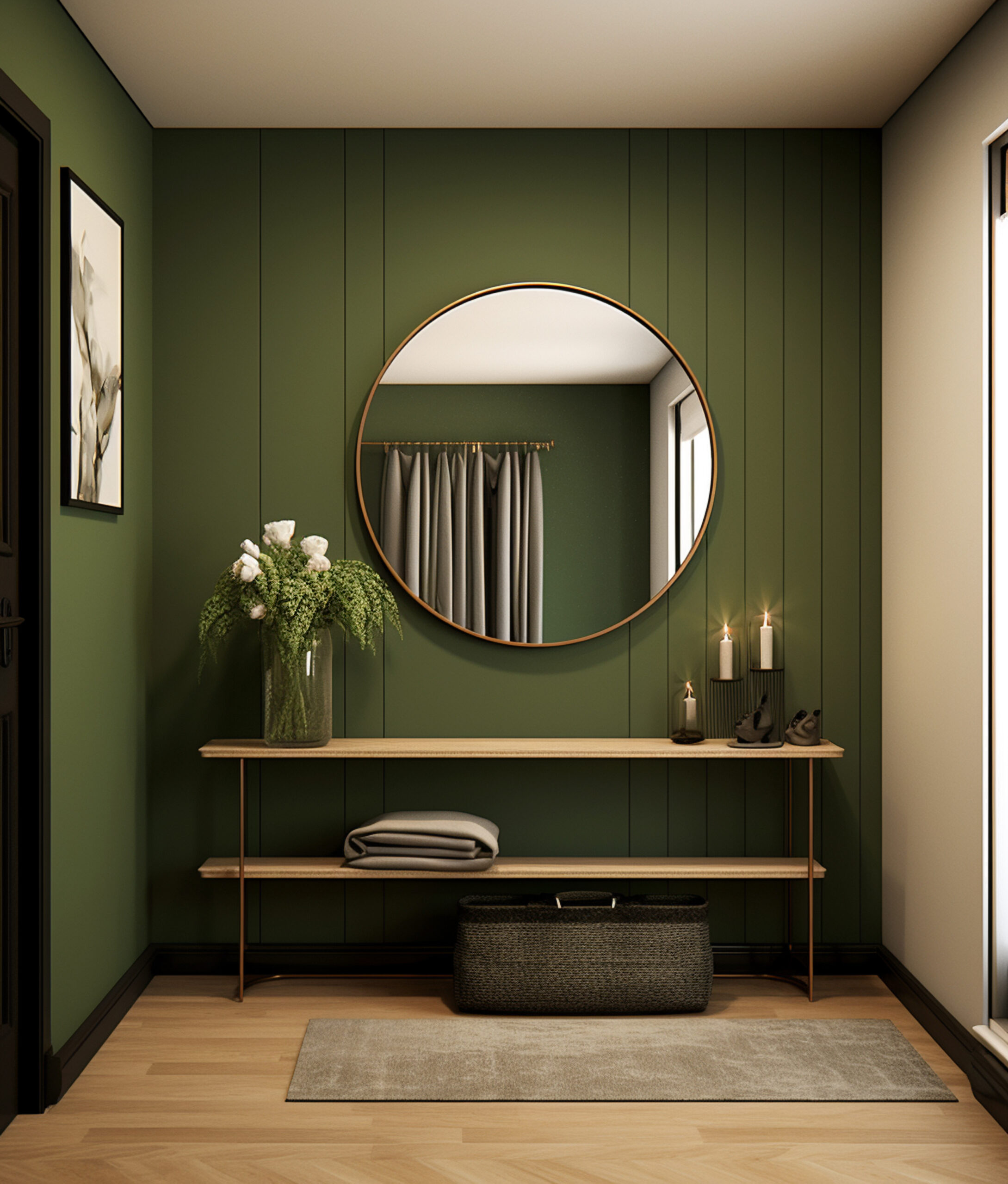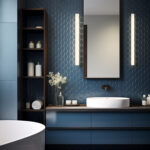The term WC stands for Water Closet. The water closet is a small room with a set of tubs, a flush tank, and other items related to the lavatory. This room is also called a toilette or a toilet. Some people also call it lavatory. There are some major differences between an American toilet and European style toilets. The difference may be in the style of toilets, the setting of toilets, the material of toilets, the use of sanitary products, etc. However, the major difference between these toilets is the terminology used to describe them. The most common term used to describe toilets in America is Restroom. However, the most common term used for European toilets is a Water closet. We will discuss some other differences between these two settings in the next section,
European toilets vs American toilets
There are many major differences between European toilets vs American toilets. These differences include the post-use sanitization, maintenance, flushing, etc.
Flushing and water usage
American toilets have a single type of flush. The feature is powerful and widely accepted; however, Europe has some variations in flushing systems that pique the interest of many. Older European toilets have bathrooms that feature a pull chain that’s usually mounted about the actual toilet and requires the user to pull this chain when needed to flush. However, the mode European toilets feature a dual-flush system. These flush systems equip the toilet with two different handles that offer varying water and water pressure, depending on the amount of waste, which can help conserve water. American toilets usually have a handle for flushing. The part for flushing on European style toilets is interesting as there are variations. The toilet in old bathrooms has a pull chain that you can pull after sitting on the throne. Generally, the toilets in Europe are dual flush, which means that there are different amounts of water and pressure as well. This is a way to conserve water as liquid waste requires less water than solid one.
Post use sanitization
Americans have the highest use of toilet paper for post-use sanitation in toilets. Americans use 28 lbs of toilet paper each year. American toilets have toilet paper dispensers in their bathrooms for use after the use of toilets. The European toilets also have a toilet paper dispenser. However, this option is used as secondary sanitization. European toilet bowls have bidets. Bidets are found in european toilets that spray water. A bidet is a bowl or receptacle designed to be sat upon to wash one’s genitalia, perineum, inner buttocks, and anus. The modern variety has a plumbed-in water supply and a drainage opening and is thus a plumbing fixture subject to local hygiene regulations. Toilets with a bidets are also called european toilets that spray water.
Types of seats in toilets
Americans have the regular toilet bowl and flush tank in restrooms, while Europeans have many variations. Squat toilets in Europe are found in southern and eastern Europe, are basically a hole in the floor. The other parts of Europe feature toilets similar to those found in America. The squat toilets are also called european toilets without seats.
As for the urinals, American bathrooms have rows of urinals divided by privacy partitions. European bathrooms don’t have the feature of individual urinals. Instead, there’s a trough that can fit in several users at once. A trough is long structure with drainage systems without privacy partitions. While it saves water usage with requiring just one drain, it often makes tourists a bit uncomfortable. The standard American toilets and urinals setting provides privacy for every user. In European public restrooms, urinals are just arranged in rows without partitions all of them share the same drain and as you can imagine, there’s no privacy. Another European-style toilet surprises some individuals is the squat toilet. You can’t sit on it with your back making a 90 degree but you have to squat as the name suggests. There’s a hole in the floor surrounded by ceramic tiles and textures pedestals so you can balance yourself when squatting. A squat toilet can either have the standard flushing system or the flushing method that involves water and a bucket for flushing. The squat or trough-style urinal or european toilets without seats can save water but some people, especially tourists, are not comfortable with it.
Spacing
The partition can differentiate American bathroom stalls from European bathroom stalls. The toilet in bathrooms in Europe is in an enclosed area. Thus, the term ‘water closet’ was referred to as British toilets in the past. It was first invented by Sir John Harrington, a godson of Queen Elizabeth I in 1596. Only Harrington and the queen used it as people thought of the invention as ridiculous at that time. Even though the public urinals in Europe are too open, there are enclosed ones that guarantee privacy. As mentioned, toilets in public restrooms in America have a partition. Though the toilets are installed in a closed area, there are gaps on the top and at the bottom where the user’s feet can be seen. So, you can’t conclude that European toilets are so bad since there are enclosed ones. You can have the privacy that you need when doing your business in the toilet. The setting may vary on every side of the continent as there are still squat toilets in Europe. While almost all toilets around the globe are private, there are noticeable differences between American and European toilet partitions. American partitions offer a good deal of privacy, but the exposed feet and top, combined with the sight lines between the door and frame, may make some occupants a bit uncomfortable. European toilets offer exceptional privacy because instead of a thin partition, it’s an enclosed stall.
Public toilets in Europe and America
Public restrooms in America don’t require payment for use, but the “customers only” rule may apply. Some public toilets in Europe require a fee to use the toilet. The fee is usually 1.5 Euros to gain access to the restroom.
Types of european toilets
The water closet has many types. These types differ in their flushing systems, attachment of tank and bowl, mounting, etc. Below is a brief of some types of european toilets.
One piece water closet
A one piece water closet consists of a fixture that is a combination of tank and bowl into one unit. The fixture has both the units are attached in one piece. Hence, a one piece water closet is free from any joints or services between two parts. The smooth and seamless construction of a one piece european toilets shelf is without any joints makes it look sleek and classy. The absence of visible pipes or joints gives the bathroom a high-end look. Many european public toilets have this type of water closet.
Two piece water closet
A two piece water closet is a set of a bowl and a tank. The tank of the bowl still sits at the back of the bowl just like any other one-piece water closet. However, it is essential to note that, unlike a one piece water closet, a two piece water closet is not completely attached and the bowl and tank are considered two pieces. Two piece european toilets shelf are considered classic and were in the market before the one piece toilets.
Wall-mounted water closet
Wall mounted water closet have both its bowl and tank mounted to the wall. These type of water closets are very suitable for small spaces. They are mostly installed in spaces where there is very less floor space. The tank of such a water closet is smaller and needs frequent refilling. They are mostly found in small offices and smaller apartments. Because of their compact size they are inexpensive.
Floor standing water closet
These floor standing water closets are a set of tank and bowl mounted on the wall. They have a larger tanks and bowls. Their size makes them more expensive than a wall mounted water closet. These toilets are found in large commercial buildings. They are also used as european portable toilets. They have a large tank that requires less frequent refilling.
Extended wall-mounted water closet
The extended wall mounted water closet is a wall mounted water closet but it has an extended capacity of bowl as well as tank. These type of water closets are used in places where water closets are frequently used as they are easy to maintain. They are slightly expensive because of their features. The extended wall mounted water closet is also used as european portable toilets.
Pedestal water closet
The pedestal water closet has its tank mounted on the top of elevated surface. This support base provides more space underneath the bowl by gives an easier hand on cleaning. Many old European public toilets have this option. Some pedestal water closets are equipped with a wall between bowl and tank to avoid a splashback.
Conclusion
The term WC stands for water closet in European toilet terminology. As discussed above these are a set of bowl, tank and bidet. They are different from american toilets in many ways. They have a variety of styles and they have various spacings.
We hope you find the above article interesting and informative.
Must Visit:https://ortonbaths.com/materialsofbathtubs/
Must Visit:https://ortonbaths.com/understanding-the-mechanism-of-a-rimless-toilet-how-does-it-work/

